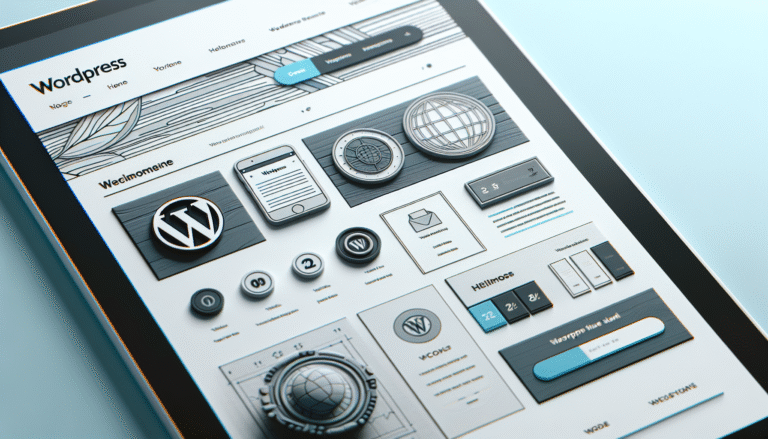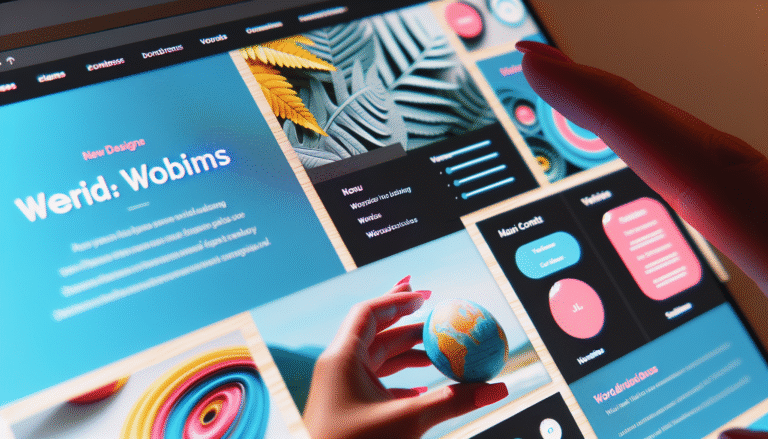
When Figma announced its new feature, Sites, the design world lit up. It felt like Christmas morning, WWDC, and Adobe’s retirement party all at once. Finally — a way to publish directly from Figma. No developers. No handoff. No third-party tools. Just hit “Publish,” and your design is live on the web.
Some hailed it as a Framer killer. Others whispered that WordPress should start sweating. But in the flurry of excitement, one inconvenient truth got buried:
Figma Sites isn’t ready.
Not yet, at least.
Still, even in its current rough state, it could be the most disruptive thing to hit WordPress and Framer in years.
Let’s unpack why.
WordPress: Ubiquitous… and Exhausting
WordPress powers a huge chunk of the internet. It’s flexible, powerful, and endlessly customizable. It’s also a Frankenstein’s monster of outdated plugins, clunky themes, and support threads referencing functions written over a decade ago.
Designers have never truly loved WordPress — they’ve tolerated it. If you’ve ever delivered a pixel-perfect Figma mockup only to see it mangled by a drag-and-drop builder like Elementor, you know the pain.
WordPress is a content management system first. Visual design is an afterthought — maybe even an accident. For simple sites like portfolios or landing pages, WordPress often feels like using a chainsaw to slice a birthday cake.
Framer: Quietly Excellent, Criminally Underrated
Framer has been slowly building a loyal fanbase among designers who want more power and polish. It’s clean, interactive, and respects your layout choices. It offers built-in CMS features, elegant transitions, and true responsiveness — all without writing code.
It’s what Webflow wants to be, but simpler and more refined.
The catch? Framer is still a separate application. You have to leave Figma, recreate your layouts, learn a new interface, and re-import your assets. It’s not a huge leap, but it’s a leap nonetheless. And many designers won’t take it unless they absolutely have to.
Enter Figma Sites.
Figma Sites: A Game-Changer or a False Prophet?
Figma Sites feels like a rush of creative adrenaline. You’re already designing in Figma — now you can publish from the same place. No switching tools. No exporting assets. No dev handoff. Just design and go live.
That’s powerful. And dangerous.
Because while Figma Sites is nowhere near as feature-rich as Framer or as robust as WordPress, it’s the easiest option. And in UX, the easiest option often wins.
But let’s be clear: Easy doesn’t mean ready.
Right now, Figma Sites is still rough around the edges. Very rough.
The UX: Surprisingly Clumsy
Figma is known for its intuitive interface. But the Sites panel feels more like a third-party plugin than a native experience. Want granular layout control? Not available. Expecting auto-layout to behave like it does in your Figma file? Think again. Hoping to build reusable components with logic? Good luck.
Instead of a seamless design-to-web experience, it feels like a barebones site builder duct-taped into the app.
The Code: A Mess Behind the Curtain
Take a peek at the code Figma Sites generates, and you’ll see something that looks like a relic from the Dreamweaver era. Bloated HTML. Inefficient CSS. Weak SEO. You can’t optimize it. You can’t export it cleanly. You can’t even inspect it with confidence.
This isn’t web publishing. It’s HTML purgatory.
And worse, Figma Sites locks you into its ecosystem. Want to migrate your site later? Prepare for pain — or to pay someone on Fiverr to replatform it for you.
This is vendor lock-in, wrapped in a pretty UI.
This Isn’t a Framer Killer. It’s Framer Lite for Figma Loyalists.
Let’s be honest: Figma Sites and Framer aren’t competing for the same users — at least not yet.
Framer offers CMS support, animations, forms, variables, responsive overrides, SEO controls, and performance tools. It’s for designers who want to build polished, scalable websites.
Figma Sites, by comparison, is a lightweight tool for basic portfolios and simple pages. It’s more like Carrd with Figma fonts than a serious web platform.
And that’s okay. There’s a place for that. But let’s not pretend it’s the future of web design — not yet.
The Twist: Figma Sites Might Still Win
Here’s the wild part: Figma Sites might win anyway.
Not because it’s better — but because it’s already there. Embedded in the tool designers are already using. No learning curve. No new interface. No switching apps.
That kind of frictionless workflow has





